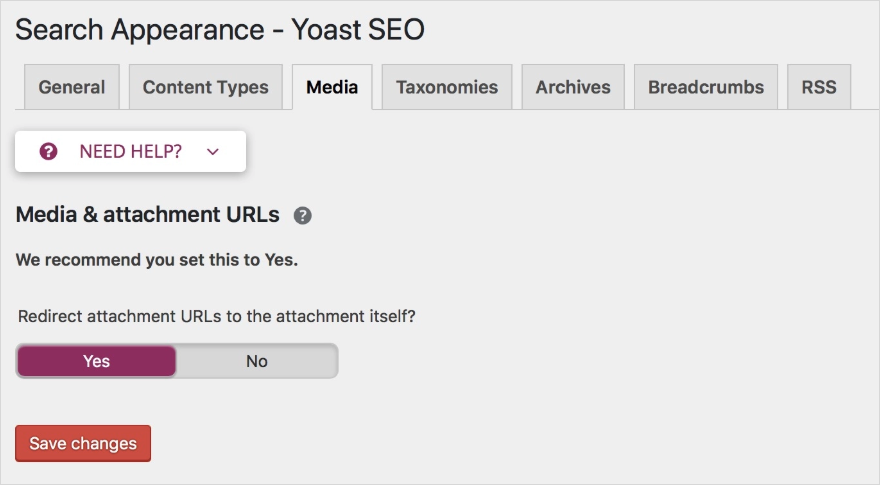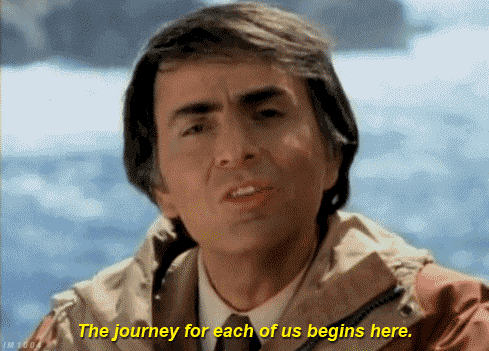Yes, you’re likely to find us sprawled out on a picnic blanket this time of year, with our feet dipped in the nearest body of water, in attendance at a happy hour or enjoying out favorite water sport.
Rest assured, though, the Content Marketing Weekly never takes a vacation, and this week we have quite the spread: some Yoast drama, some Google headlines and a whole lot of food for thought.
T-minus 13 days until the summer solstice; commencing the Content Marketing Weekly now:
Yoast SEO Plugin 7.0 Bug Causes Ranking Drops
Yoast SEO, one of the most popular search engine marketing tools, may have caused some websites to experience ranking drops since the release of version 7.0 in March of this year. In a nutshell, the bug automatically deactivated the redirection of attachment URLs.
Whenever a photo or other media is included in your WordPress site, a separate URL is created just for that piece of media. This is the attachment URL. That URL should redirect to the content or web page associated with the image. As Yoast explained, URL attachments are “‘thin’: they have little to no content outside of the image.” By automatically turning off that redirect feature in 7.0, Yoast may have inadvertently caused some SEO harm to certain websites since March.

To read more about the Yoast bug, check out the full article from Search Engine Journal here. And for an interesting counterpoint piece, check out this article from Search Engine Roundtable.
Is Your Marketing Platform Really Intelligent?
The “i” word scares the bejeebers out of anyone who’s seen one too many robot domination flicks. But for content marketers, artificial intelligence might be a strategic ally someday.
According to a recent thought piece published in Search Engine Journal, true AI – at least in marketing – is still a long way off. Yes, many marketers are using “narrow AI,” which is the selective automation of specific tasks using programs that are “smart in a multiple-choice kind of way.” This “intelligent automation” has already benefited marketers in the form of increased revenues, quicker conversions and more.
But general automation (the kind that may eventually take over the world) is a bit farther off.
To read more about the present and future of marketing AI, click here for the full Search Engine Land article.
Google’s Search-Ranking Manipulation Is Affecting Elections
Search engine optimization is a powerful marketing tool. But can it also be used to sway electoral outcomes? The Daily Good contributor Ronald Robertson published an article this week that seeks to answer that question, and more.
The article examines what it calls the Search Engine Manipulation Effect (SEME). The idea, simply, is that search rankings that highlight one candidate more than another may ultimately influence undecided voters.
It’s an interesting question, and a good lunch read. Read the full article at The Daily Good.
What Search Marketers Should Know About Amazon Prime Day
We don’t know the exact date of Prime Day, but this annual Amazon extravaganza is usually held in July. In other words, it is near, and it will have an influence on search engine marketing.
According to Search Engine Journal, Prime Day’s immediate impact is the increase in overall web traffic. But beyond that, Prime Day will most likely result in higher cost-per-click for certain paid advertising campaigns, particularly electronics, appliances and home goods. Marketers should be ready to increase their PPC budgets accordingly.
To read more about how Prime Day will influence your search engine marketing efforts, and what you can do to prepare, click here for full article from Search Engine Journal.
How to Train Your Brain to Be Creative: Lessons for Marketers
Content marketing is, on the whole, a highly scientific process that requires calculated decision-making based on research and analysis. But it’s also a creative endeavor that forces marketers to really think with the left side of their brains.

This week, the Content Marketing Institute posted some required reading for marketers that explores the dynamics of creative thinking.
One of the most fascinating points is the idea of striking a balance between the brain’s “open mode” and “closed mode.” The former is the state of being where inspiration and creativity (e.g., content ideation) come from. You relax the brain and allow it to wander. Have a beer or go for a walk if you need.
The latter state is more focused and purposeful. This is the tunnel vision element that lets you actually sit down and limit your thoughts to the task at hand: content creation.
There’s plenty more wisdom where this came from. Click here to read the CMI’s full article.





